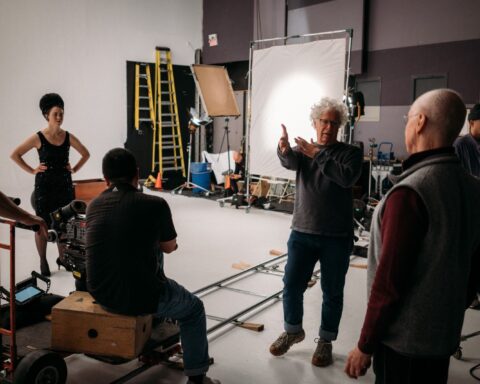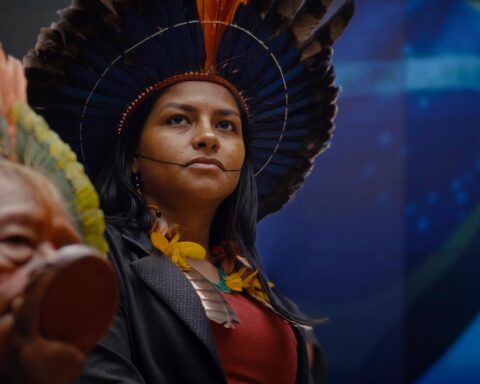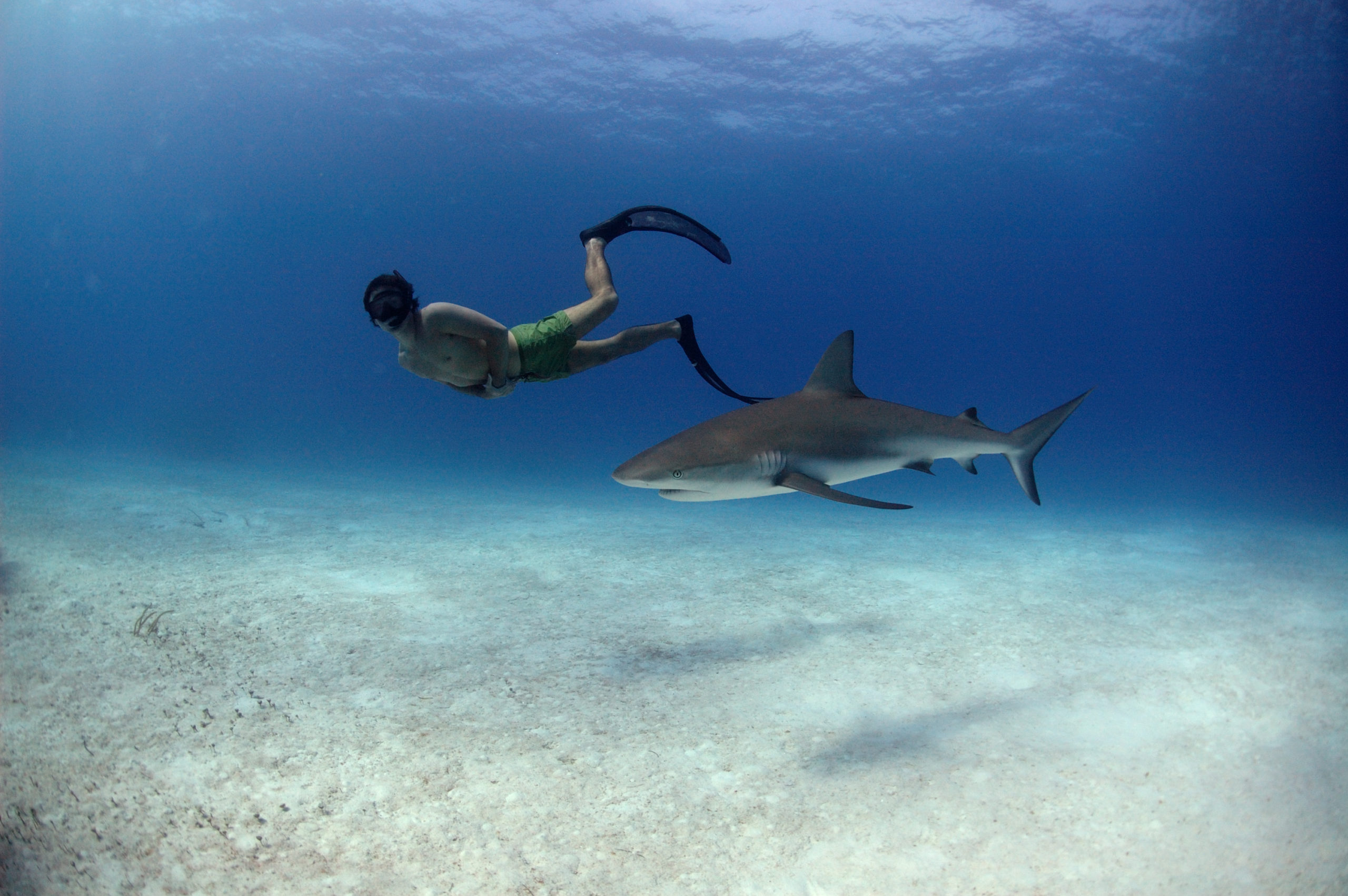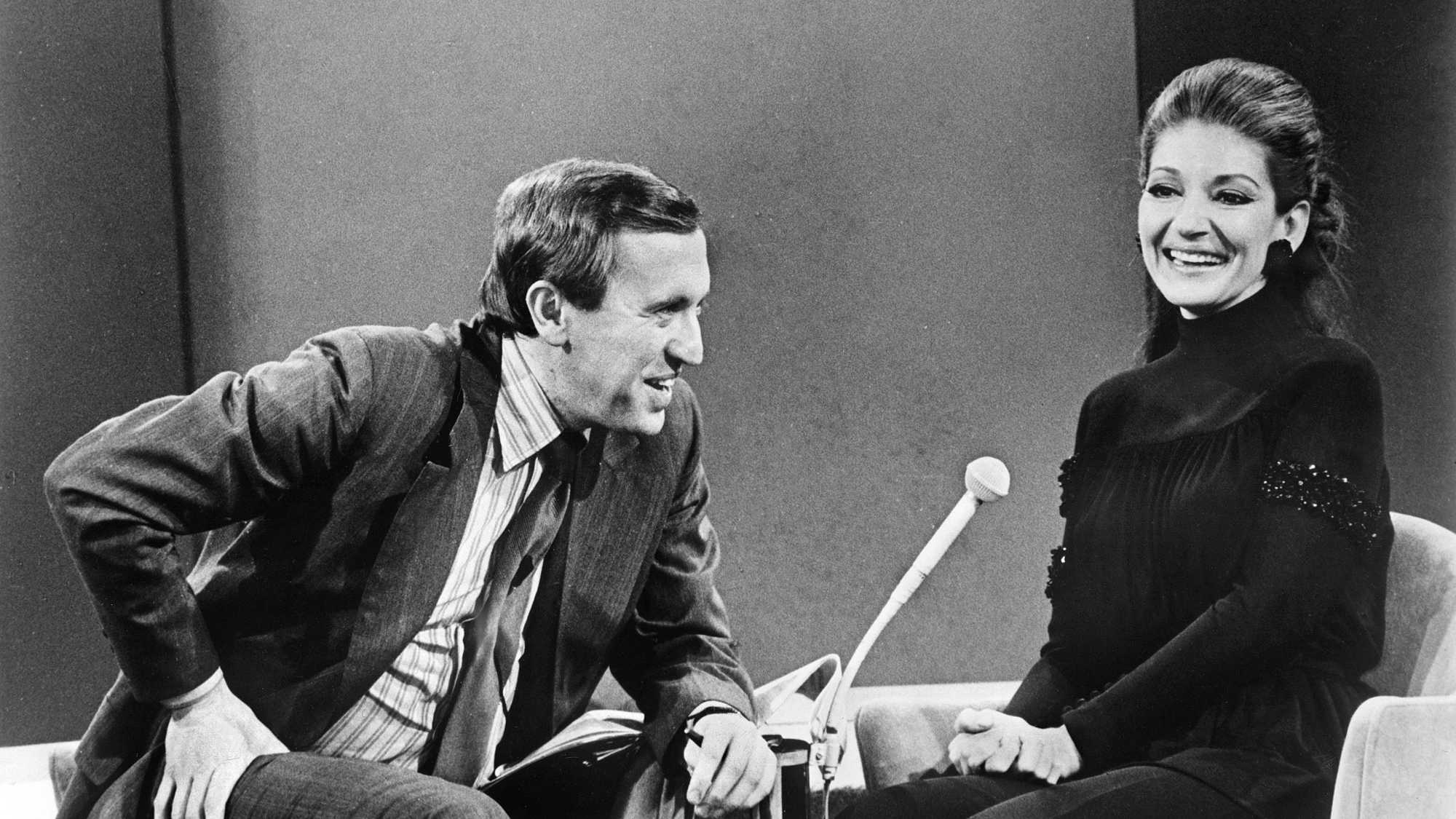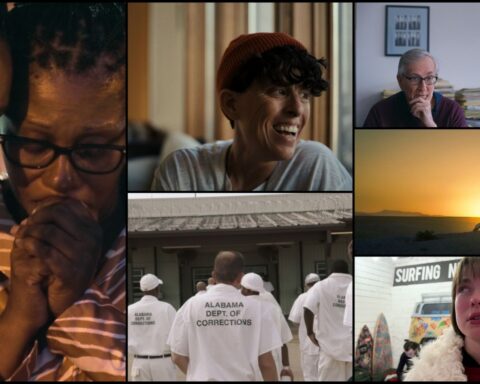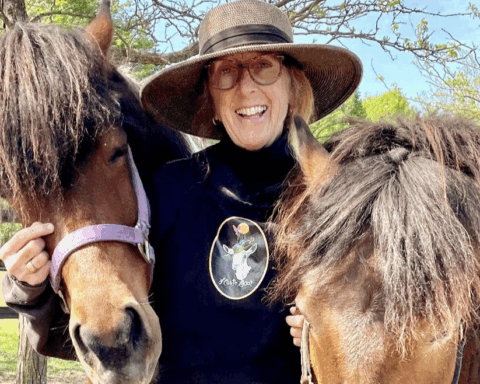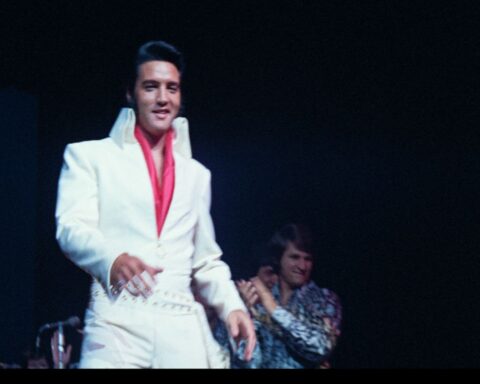Becoming Animal
(Switzerland, 79 min.)
Dir. Peter Mettler, Emma Davie
The catastrophic impacts of human exploitation of the planet are becoming more and more apparent. The compounding effects, too depressing to enumerate, press on multiple fronts. Scientists offer evidence, environmentalists give names – habitat loss, species extinction – and photographers and filmmakers provide images of the damage. Yet, the problem worsens; our capitulating and capitalising governments fail to regulate industries that are causing environmental abuse.
Becoming Animal, the new essay film by documentarians Emma Davie and Peter Mettler, focuses on this dire situation at a more fundamental level. They prove the underlying existential and psychic states that develop alongside an increasingly technologised and mediated modernity. The problem may be, as Davie relates in the film, one of perception: the way we’ve come to experience and relate to the world around us.
Their film channels the ideas of geo-philosopher David Abram, whose phenomenological perspective puts the body back into human perception after its gradual dislocation. Our phonetic alphabet, he argues, abstracts our language from its material origins. Cartesian rationalism, ideologies of human primacy and the technologies through which we engage the world all conspire toward a humanness that is separate to all other planetary life. Humans behave as hierarchical rulers, isolated from the natural world, separated by machines, denying our intimate and reciprocal relations with animals and nature.
The film’s title Becoming Animal is that of Abram’s latest book (2017), which itself comes from an earlier essay by the philosophers Gilles Deleuze and Félix Guattari from their book A Thousand Plateaus: Capitalism and Schizophrenia. Their concept, becoming-animal, refers to an alternate relational model that dissolves the modern subject’s individualized identity and allows an openness to the other. Abram’s concern is not solely philosophical. Besides offering a transformative and transcendental awakening, his phenomenological subject, as envisioned within the Deleuzian relational model, might regenerate respect for other life forms, and bring corrective healing to our environmental violence.
In this third iteration of title and concept, Davie and Mettler pay special attention to their own favoured technology. What role do our image capture processes play in this fraught relation with the non-human? They foreground the contradictory nature of ‘lens vision.’ While acknowledging the critique of the camera as a distancing and exploitative technology, the filmmakers consider, and indeed successfully demonstrate, the ability of the lens to engage the senses and facilitate ‘becoming animal.’
The film follows Abram, acting as naturalist guide and peripatetic philosopher, as he leads the small crew and their equipment (often included in the frame), through Wyoming’s Grand Teton National Park, one of the Americas’ most intact eco-systems. The project is another avenue for Mettler’s “pursuit of wonder,” following such previous films as Picture of Light (1994), Gambling, Gods and LSD (2002), and The End of Time (2012), that took him around the world seeking the metaphysical in the physical. His exploratory, experimental camera vision delivers a sensitive cinematic translation of Abram’s thoughts on embodied sense perception and, in particular, that our seemingly-sterile technologies model and mimic our bodies within nature, and still carry their traces. He recounts, for example, that early pictographic language sounded the material world. The film’s pressing question: Can the lensed camera, designed to mimic and extend our embodied human eyes, similarly engage with the vibrant and expressive natural world in the way Abram describes? Answering in the affirmative, Mettler’s sensitive cinematography reveals the lens’s animal origins and ‘animal seeing.’
The film focuses mostly on natural life within the protected park: vistas and close ups of land, water, mountains, and the creatures living there-–bison, with thick brown matted coats, elk, moose clacking antlers and holding up cars on the roads-–but without sentimental or narrative embellishments of the kind shown on calendars or wildlife shows. Abram appears within these landscapes, elaborating his philosophical concepts in relation to the natural phenomenon around him. Park visitors and tourists are also shown. Peering through tripod-mounted cameras they appear as aliens, separated and sadly incapable of escaping their humanness.
This contrast of human culture becomes even more jarring as the film crew travels through connecting highways and commercial hubs. The digital signs using pixilated images of wild animals to sell their tourist wares are heartbreaking displays of our human isolation. But the filmmakers constantly seek the animal buried inside humans and our technologies. Listening to the operatic bugling of a rutting elk, Abram remarks that its highest arpeggios and guttural depths set the context for all human music-making. Concepts are developed through a series of edited segments. One sequence begins with Abram explaining that humans can identify with other creatures because of our shared evolutionary muscles and movements. When we watch, for example, a bird gliding through the air, our bodies can connect to that experience.
The following scene is a bird’s eye view, literally, as the view of a bird’s head and upper body soaring high above the land was recorded by a camera mounted on its back. Then, shots showing in and outside an airplane, city lights dazzling below, are mixed with Davie’s voice searching for the original bird inside the flying machine that had travelled through the air. Concluding the sequence, Abram is shown standing on a rock, eyes closed, arms outstretched, ‘flying.’
Here, as in Mettler’s other works, the soundtrack is integral. Choral strains, evoking pre-modern spirituality, electronic pulses, and ambient sound from the park are carefully woven with footage fragments to advance the Abram’s ideas. The combined sound and image-–Mettler’s still shots, long takes and slow pans-–is meditative, even transcendent, propelling the experience into the ecstatic. Toward the film’s end, accompanying a scene showing a testosterone-driven encounter between two lumbering bull moose, the sound builds into an energized hum. It is an audio-visual parallel to the transcendental poet, W.B. Yeats’ “bee-loud glade,” full of effervescent life. We think of air as empty space but, if we experienced it authentically, with our animal being, as alive and full of vibrancy, how could we, Abram asks, continue to dump our industrial by-products into it?
Becoming Animal screens at Toronto’s Planet in Focus Environmental Film Festival on Sat, Oct. 27.
Read more about the film in this interview with Mettler and Davie. (And stay tuned for Marc Glassman’s interview with the directors!)




